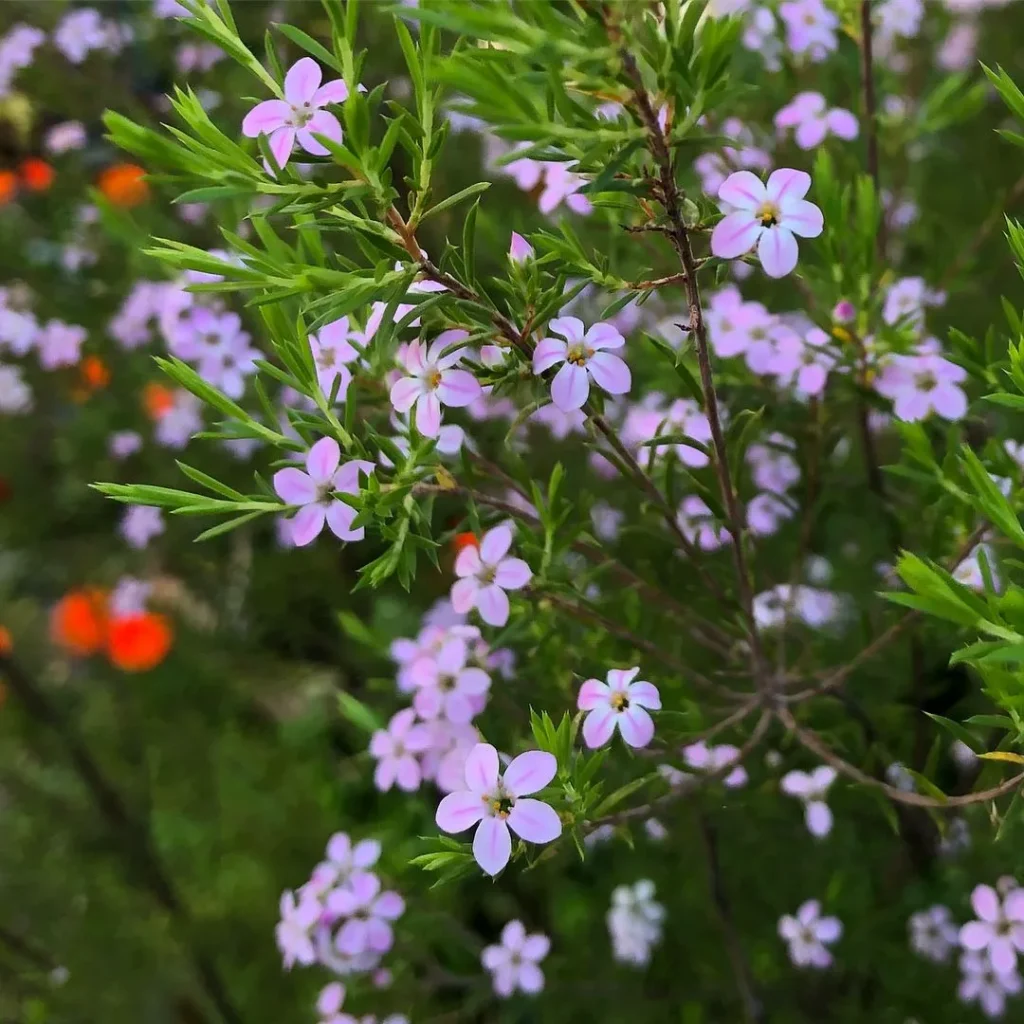Gymnema: The “Sugar Destroyer” and My Journey of Discovery
My name is Ferb Vu, and I’ve always been fascinated by the power of plants. Their ability to heal, nourish, and even alter our perceptions has captivated me for years. This fascination led me down a winding path to the intriguing genus Gymnema, a group of plants with a unique ability to temporarily suppress the taste of sweetness.
This genus, belonging to the family Apocynaceae, is native to tropical regions of Asia, Africa, and Australia. The name Gymnema itself is derived from the Greek words “gymnos” (naked) and “nema” (thread), likely referring to the thread-like appearance of some species’ flowers. But what truly sets Gymnema apart is its remarkable effect on our taste buds.
The “Sugar Destroyer”
Gymnema sylvestre, the most well-known species, has earned the Hindi name “gurmar,” meaning “sugar destroyer.” Chewing the leaves of this vine creates a peculiar phenomenon: sugar tastes like sand. This effect is attributed to gymnemic acids, compounds that interact with taste receptors on the tongue, blocking the ability to perceive sweetness. Imagine sipping a sugary drink and experiencing only the bitterness or sourness, with the sweetness completely masked. This curious property has made Gymnema a subject of interest in traditional medicine and modern research alike.
My own curiosity about Gymnema began with a simple cup of herbal tea. A friend, knowing my interest in botany, introduced me to Gymnema sylvestre tea, touting its potential health benefits. The experience was striking. After a few sips, a spoonful of honey had no sweetness whatsoever. It was an unexpected and intriguing sensation. This sparked my desire to learn more about this genus and its diverse species.
Exploring the Diversity of Gymnema
While Gymnema sylvestre is the most recognized, the genus encompasses a variety of species, each with its own unique characteristics. Here are:
- Gymnema acuminatum Wall.
- Gymnema albidum Decne.
- Gymnema albiflorum Costantin
- Gymnema calycinum Schltr.
- Gymnema chalmersii Schltr.
- Gymnema cumingii Schltr.
- Gymnema cuspidatum (Thunb.) Kuntze
- Gymnema decaisneanum Wight
- Gymnema dissitiflorum Ridl.
- Gymnema elegans Wight & Arn.
- Gymnema erectum (F.Muell.) P.I.Forst.
- Gymnema foetidum Tsiang
- Gymnema geminatum R.Br.
- Gymnema glabrum Wight
- Gymnema graniticola (P.I.Forst.) P.I.Forst.
- Gymnema griffithii Craib
- Gymnema hainanense Tsiang
- Gymnema hamatum (P.I.Forst.) P.I.Forst.
- Gymnema hirtum Ridl.
- Gymnema indicum (M.A.Rahman & Wilcock) Karthik. & Moorthy
- Gymnema inodorum (Lour.) Decne.
- Gymnema javanicum Koord.
- Gymnema lacei Craib
- Gymnema lactiferum (L.) R.Br. ex Schult.
- Gymnema latifolium Wall. ex Wight
- Gymnema littorale Blume
- Gymnema longipedicellatum (P.I.Forst.) P.I.Forst.
- Gymnema longiretinaculatum Tsiang
- Gymnema lushaiense M.A.Rahman & Wilcock
- Gymnema macranthum Hook.f.
- Gymnema macrothyrsa Warb.
- Gymnema maingayi Hook.f.
- Gymnema mariae Schltr.
- Gymnema molle Wall. ex Wight
- Gymnema montanum (Roxb.) Hook.f.
- Gymnema muelleri Benth.
- Gymnema pachyglossum Schltr.
- Gymnema piperi Schltr.
- Gymnema pleiadenium F.Muell.
- Gymnema recurvifolium Blume
- Gymnema rivulare Schltr.
- Gymnema rotundatum Thwaites
- Gymnema schlechterianum Warb.
- Gymnema spirei Costantin
- Gymnema stramineum (P.I.Forst.) P.I.Forst.
- Gymnema suborbiculare K.Schum.
- Gymnema sylvestre (Retz.) R.Br. ex Sm. Plant FAQs: Celastrus Paniculatus – Climbing Celastrus – Gymnema Sylvestre
- Gymnema thorelii Costantin
- Gymnema tricholepis Schltr.
- Gymnema trinerve R.Br.
- Gymnema uncarioides Schltr.
- Gymnema yunnanense Tsiang
Beyond Sweetness Suppression
While the “sugar destroyer” effect is captivating, Gymnema offers more than just a taste-altering experience. Research suggests that gymnemic acids may have a range of potential health benefits, including:
- Blood sugar regulation: Studies indicate that Gymnema sylvestre may help regulate blood sugar levels by influencing insulin secretion and glucose absorption.
- Anti-inflammatory properties: Some studies suggest that Gymnema may possess anti-inflammatory effects, potentially beneficial for conditions like arthritis.
- Antioxidant activity: Gymnema has been found to contain antioxidants, which may help protect cells from damage caused by free radicals.
It’s important to note that further research is needed to fully understand the efficacy and safety of Gymnema for these potential health benefits. However, the preliminary findings are promising and warrant further investigation.
The Future of Gymnema Research
My current research focuses on the less-studied species of Gymnema. I believe these species hold untapped potential, possibly containing novel compounds with unique medicinal properties. By combining traditional knowledge with modern scientific methods, I hope to contribute to a deeper understanding of this fascinating genus.
The journey of exploring Gymnema has been a rewarding one. It’s a testament to the power of plants and the endless possibilities they hold for medicine, science, and our understanding of the natural world. As I continue my research, I am eager to uncover the secrets that lie within these “naked threads” and share their potential with the world.
If i die, water my plants!



